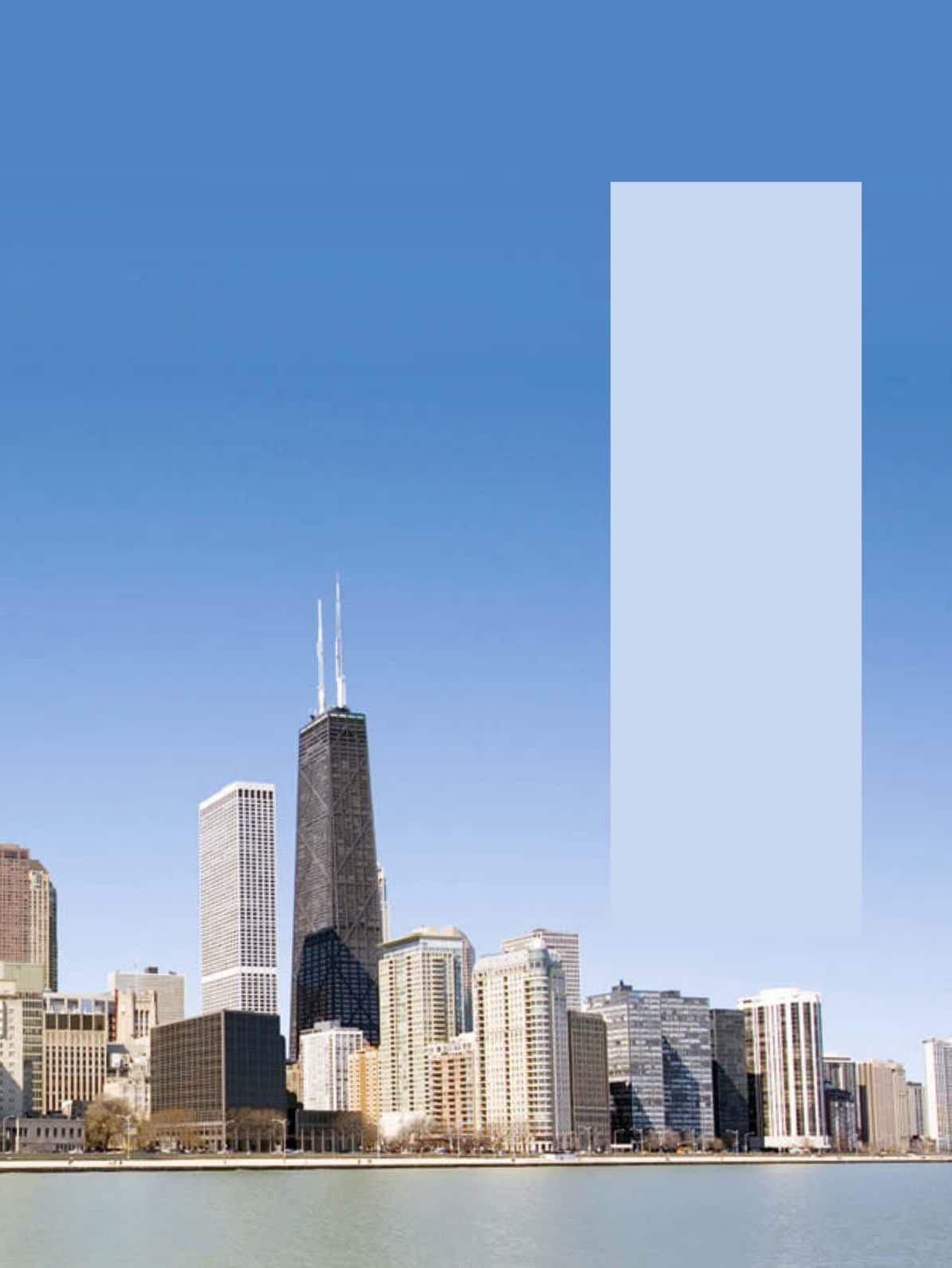

Architects are dreaming up
a host of imaginative and
visionary ways to make tall
buildings greener. They include
incorporating aquaponics
pods into residential, office
or mixed-use buildings.
Aquaponics is a closed system
of agriculture which involves
aquaculture (the farming of
aquatic organisms such as fish
or prawns) and hydroponics (a
method of growing plants that
uses water instead of soil).
The fish produce ammonia-
rich waste which is then
broken down by bacteria in
the fish tanks into nitrates
which then pass to tanks
containing the plants which
absorb the nitrates as food via
their roots. As well as fertilizing
the plants, the process filters
the water. Oxygenated filtered
water, along with waste
material generated by the
plants, is then fed to the fish.
Such a system could be
combined with an array of
green roofs, together produc-
ing vegetables, herbs and
hundreds of thousands of fish
annually to feed the residents
of the building.
bringing life
to the towerS
the “woodscraper”, a skyscraper made
using wood panels up to 19.5 meters
long and 2.4 meters wide, designed by
the Vancouver-based architect Michael
Green.
In the early days, the rapid upwards
growth of cities like Chicago and New
York was driven by technological ad-
vances coupled with the desire on
the part of corporations and retailers
to be concentrated in the city center.
Additionally, iconic skyscrapers like the
Chrysler and Woolworth Buildings were
an integral part of the branding of the
corporations they housed. Today sky-
scrapers have taken on an additional
role, of promoting the city they are
located in as an important world center
for business and commerce.
But how can we make tall cities
livable, loveable places to call
home? The key lies in radically
rethinking the skyscraper as a place
not just to work, sleep and eat,
but as somewhere to relax and have
fun, by incorporating green spaces like
parks, gardens and walking paths. The
Petronas Towers in Malaysia (the world’s
tallest from 1998 to 2004) incorporates
an art gallery, an aquarium, a concert
hall, a children’s playground, wading
pools and jogging paths.
Wood is a powerful advocate for
the continuing rise of the skyscraper
and believes they can accommodate
anything human beings demand of
them. But he draws the line at a vertical
future in which no one ever has to step
outside again. “I don’t think we should
strive for that. To me, the idea of stay-
ing inside a single building for days on
end is like a horror story.”
■
7
PEOPLE FLOW |



















